Fine-grain electrification is an important issue that has attracted attention and research at home and abroad. Especially fine-grained materials of less than 0.1 mm have made remarkable progress after research by scholars all over the world. One is dry electrification and the other is wet.
1. Dry-type rotary electric separator
The electric sorter configuration is a nearly elliptical closed loop, and the cut surface of the tube is rectangular, and its construction diagram is shown in FIG. In the figure, hot air is sent at one place, material is fed at three places, and 2 is a regulating valve. The material flows along the pipeline along with the hot air. A corona pole is installed at the pipeline 4, and 5 is a grounding pole. The fine-grained material entering the pipeline is charged in the BC section. Regardless of whether the conductor or non-conductor ore particles obtain electric charge in the corona field, due to different electrical properties, the charge adsorbed by the conductor ore particles is immediately transmitted through the grounding pole 6 and is discharged to the 8 places with the air flow, between the two. The middle mine is sorted again with air circulation. The electrode size (referring to the length of BC and CD) can also vary depending on the time required to charge and transform the selected mineral.

Figure 1 Cyclone electric separator
1. hot air pipe connection port; 2. regulating valve; 3. material feeding inlet; 4. corona electrode;
5. Grounding pole; 6, 7. Static electrode; 8, 9. Mine hole; 10. Partition plate
If such an electric sorter is used to sort the minerals charged by friction, it is not necessary to install the corona pole 4, but the ore particles are rubbed against the pipe wall, and other materials are lined in the pipe wall to facilitate the charging of the ore particles. Simply install a static electrode at 6, 7 and sort the two minerals with positive and negative charges. The voltage used can reach 50 kV, and the sorting granularity is less than 5 micrometers. The sorting effect is better, and it has not yet formed a series of production products.
Second, the wet dielectric sorter This sorting of the electric sorter is carried out in a dielectric liquid, and is different from the various dry sorting described above. The principle is that the dielectric ore particles are polarized in a non-uniform electric field to produce different motions. When the dielectric constant of the sorted solid particles is less than the dielectric constant of the dielectric liquid, the electric field generates a repulsive force to the particles, and conversely, when the dielectric constant of the liquid is greater than the dielectric constant of the liquid, a suction force is generated.
According to the theoretical formula, the generated electricity (also known as the mass power) is:

Where F - electricity, N;
ε m , ε L - the dielectric constant of minerals and dielectric liquids;
When r 3 , E and gradE in (1) are constant, then F is only with ε m and ε L related.
When ε m > ε L , F>0, the electrode attracts the ore particles;
When ε m < ε L , the F<0 electrode repels the ore.
And when ε L =0.365 ε m , F reaches the limit value (this is based on the actual measurement). [next]
Since this sorting is a non-uniform electric field and is carried out in a liquid, the movement of fine-grained ore in the medium is necessarily related to dielectrophoretic force, electrostatic force, diffusion or osmotic pressure, gravity and viscous drag, etc., but since this is a Seed group movement, and these forces are not yet available for measurement and calculation, so only the effect of electricity is considered.
Using a mixture of a liquid dielectric constant of carbon tetrachloride and methanol, also using a mixture of kerosene and nitrobenzene, as needed formulated liquids of different dielectric permittivity. The average value can be obtained by the following formula.

Where ε 1 is the dielectric constant of the first dielectric liquid;
ε 2 - the dielectric constant of the second dielectric current body.
If the required ε L value is larger or smaller than the average of the two, the amount of the first dielectric liquid can be appropriately increased or decreased to adjust the appropriate ε L value.
The power source of this type of electric separator is different from the general electric sorter, but uses an AC power supply of 2 to 5 kV, or a DC power supply.
1. Drum-type dielectric sorting machine This is a dielectric sorting machine developed in the United States. A lot of filaments are installed on the drum, corresponding to a sieve mesh, and after being energized, the drum is A non-uniform electric field is formed between the sieve plates, and 2/3 of the drum is immersed in the dielectric liquid, and its structure is as shown in FIG.

Fig. 2 Drum-type dielectric sorting machine diagram 1. Feeding; 2. Drum electrode; 3. Screen electrode; 4. Low dielectric constant ore; 5. Intermediate dielectric liquid with dielectric constant K ;
6. High dielectric constant ore; 7. Key position of the separator; â— - Dielectric constant pillar (>K); â—‹ - Low dielectric constant ore ( <K)
After the feedstock is fed from the upper part of the drum to the drumhead, it is driven by the drum to the dielectric liquid. At this time, the ore enters the electric field action zone formed between the sieve and the drum, and the dielectric is affected by the non-uniform electric field. The ore with a constant larger than the liquid is sucked on the drum, while the dielectric constant is lower than the liquid but is repelled and falls to the left through the sieve hole. The ore particles sucked on the filament of the drum rotate with the drum. When leaving the key position of the partition plate of the sieve plate, it falls into the groove on the right side, because the field strength at this point becomes small, and it is affected by liquid resistance and gravity, so it can be discharged.
According to the US Bureau of Mines, the sorting of 28 complex mines shows that the effect is very good, but the production capacity is very low, which is its outstanding weakness.
2. High-gradient electrification This is the result of research in recent years. It is a progress in dielectric sorting and a new equipment developed for the selection of fine-grained materials. Similar to high-gradient strong magnetic separation, the dielectric fiber is polarized in an electric field to increase the electric field gradient from the viewpoint of increasing the electric field gradient, and the dielectric fiber is completely similar to the high gradient. Magnetically selected steel wool media. [next]
A non-conducting spherical object is placed in an insulating medium fluid and is subjected to a non-uniform electric field. When subjected to equilibrium, the dielectrophoretic force is:

Where F e - dielectrophoretic force, N;
X - polarizability;
V - object volume, m 3 ;  - The electric field gradient can also be expressed in gradE.
- The electric field gradient can also be expressed in gradE.
The rest of the unit symbols are the same as before.
If the object is also like a magnetic object, if there is anisotropy, a is a tensor and cannot be calculated, but for a spherical object, the polarizability is:

X value, spherical volume  Substituting (3), after finishing, the dielectrophoretic force of the spherical ore particles in the liquid translation is:
Substituting (3), after finishing, the dielectrophoretic force of the spherical ore particles in the liquid translation is:

In the formula, r, E, εm , ε L and other symbols and units are the same as before.
Obviously, F e is directly related to electric field strength and gradient, and the electric field strength E is larger, gradient  The larger, the greater the dielectrophoretic force, and F e is determined by the shape and size of the filament, and is determined by the electric field strength, which is the gradient produced by the polarization of the parent. Figure 3 is a schematic diagram of the construction of a periodic high gradient electric separator. The dielectric used in the sorting tank is glass fiber, ball or rod-shaped titanate (such as barium titanate, etc.), ceramic fiber, etc., and is added to the sorting tank, which is filled with an insulating dielectric liquid.
The larger, the greater the dielectrophoretic force, and F e is determined by the shape and size of the filament, and is determined by the electric field strength, which is the gradient produced by the polarization of the parent. Figure 3 is a schematic diagram of the construction of a periodic high gradient electric separator. The dielectric used in the sorting tank is glass fiber, ball or rod-shaped titanate (such as barium titanate, etc.), ceramic fiber, etc., and is added to the sorting tank, which is filled with an insulating dielectric liquid.

Figure 3 Periodic high gradient electric separator
A. Parallel plate type; B. Cylinder type
1. Flow rate control valve; 2. Feeding valve; 3. Cleaning valve; 4. Sorting tank and medium;
5. Electrode; 6. Cleaning valve; 7. Feeding valve;
8. DC power supply and electric field control; 9. Automatic control device; 10. to valve
After the two plates are connected to the power source, the dielectric fibers are polarized, and positive and negative charges appear at both ends, forming a high-gradient unit electric field, thereby generating a large amount of electric power, trapping the ore particles, and collecting the ore particles. The clustering effect has established a new trapping point. Studies have shown that the power of Fe can exceed 50 to 150 times the gravity, and the cutting area captured in the electric field is more than 100 times the radius of the fiber medium, but it is limited to the dielectric fiber. Or the surface of the sphere, when equal to or larger than the diameter of the fiber or sphere, the dielectric non-uniformity approaches zero. As long as the power is interrupted, the ore particles trapped on the surface of the fiber or sphere can be washed away immediately, so the new method has great advantages.
Such equipment now developed into a continuous high gradient electric separator, and has been used in oil refining, metal and the vegetable oil industry, promising widely used in mineral processing, chemical industry, waste disposal, which processes up to micron particle size Grades, even colloidal particles can be separated by this device.
Hydraulic Brake Control System:
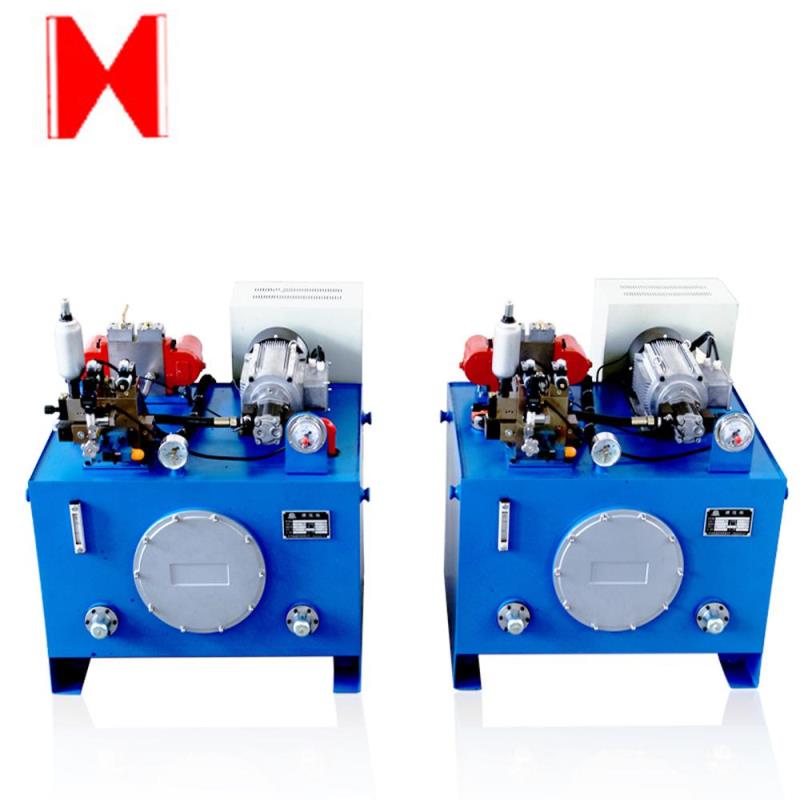
Product Usage :
Hydraulic station with frequency conversionn is a new development product that applies to supper-huge hoist, and wildly used in Kailua
Workshop show


Factory Equipments
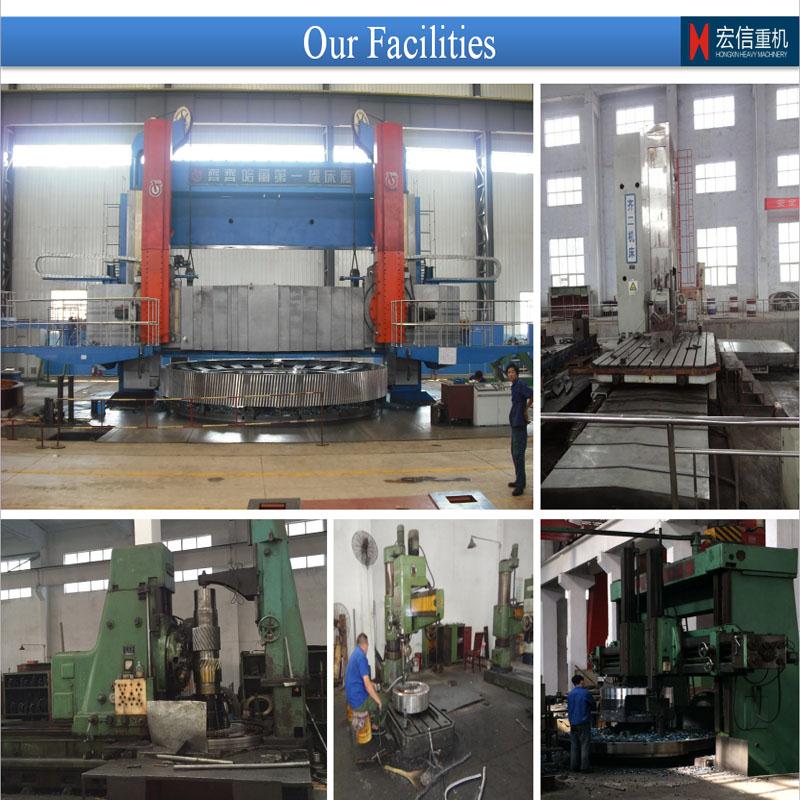
Luoyang Hong Xin Heavy Co., LTD. is located in Luoyang Xin'an Industrial Park, Luoyang Hongxin Heavy Machinery Co., Ltd is an enterprise featured with industrial designing, processing and manufacturing, which is qualified for import-export trade. Covering an area of 15,000 square meters and holding an annual production value of 80 million RMB, the company of 20 million RMB registered capital has total 100 staff members, among which there are 20 engineering technicians owning senior and medium professional titles and 40 intermediate and senior technicians capable of product designing and developing.
Hongxin is dedicated to produce reducers, hoists, crushers, Ball Grinding Mills and the equipments of screening, coal washing, metallurgy and cement, and replacement parts. Meanwhile, we provide the perform maintenance service for various series of equipments. There are 52 large-scale equipments applied into the manufacturing process, such as T200 CNC floor boring and milling machine, YK 73125 CNC molding gear grinding machine, YK322B CNC molding gear grinding machine, Y3200 gear hobbing machine, Y1600 CNC gear sharper, 4m vertical lathe, 6.3m CNC vertical lathe, T110 CNC boring machine, and 52 middle-sized productive and assistive equipments, which integrate strong manufacturing and processing capability with complete managing system of production and technology, quality management system and comprehensive testing measures
certificates
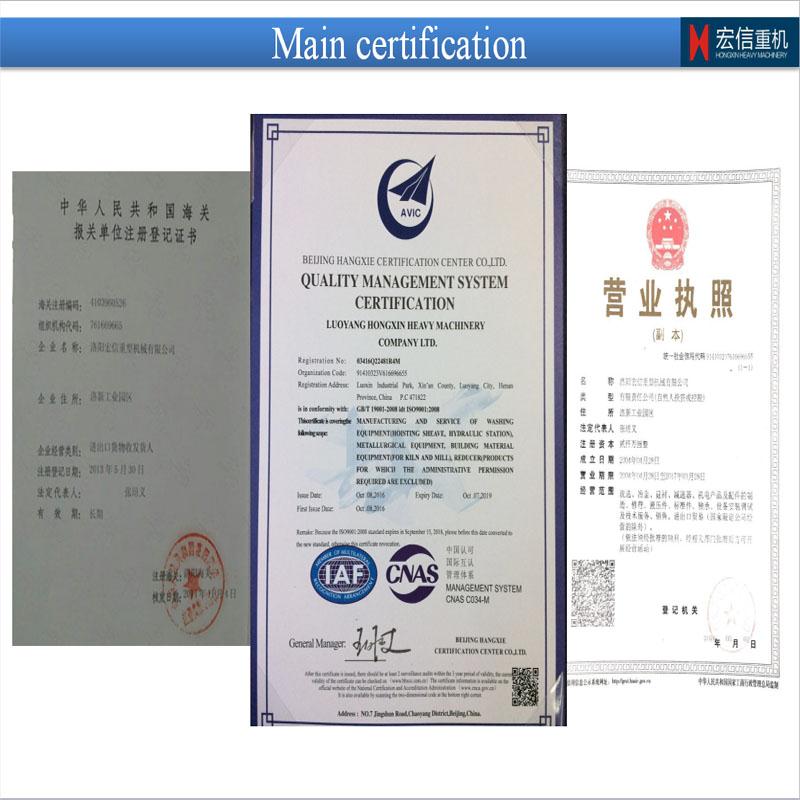
Contacts
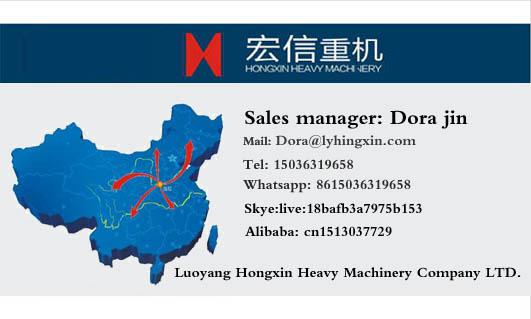
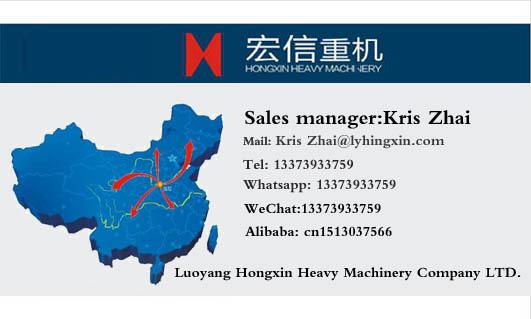
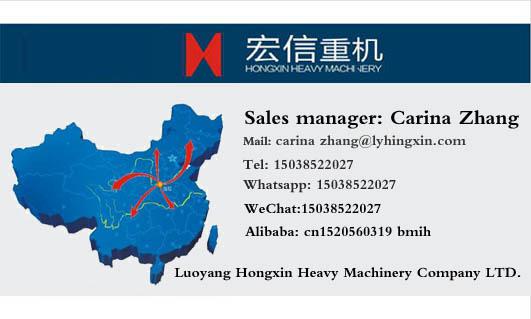

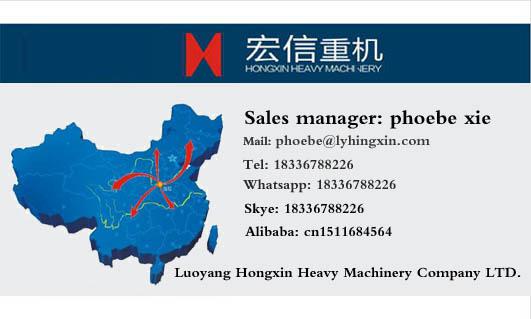
Hydraulic Brake Control System
Hydraulic Brake Control System,Hydraulic Bending Brake Control System,Press Brake Brake Control System,Hydraulic CNC Brake Control System
Luoyang Hongxin Heavy Machinery CO., TLD. , https://www.hxreducer.com